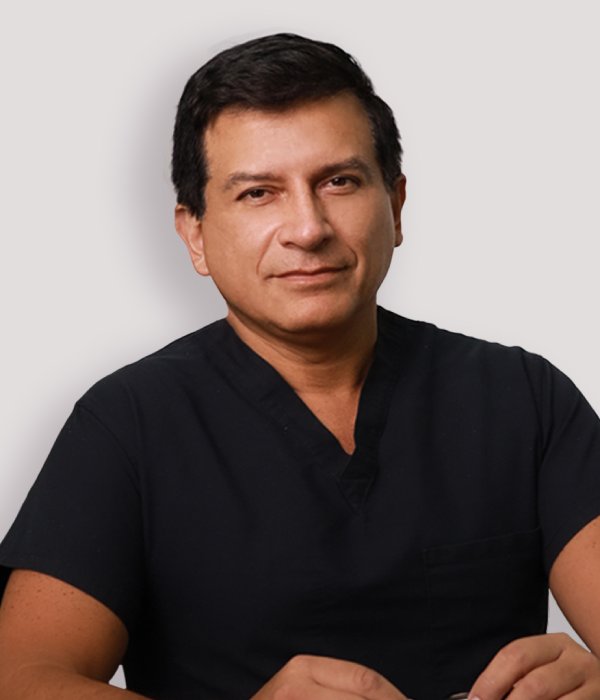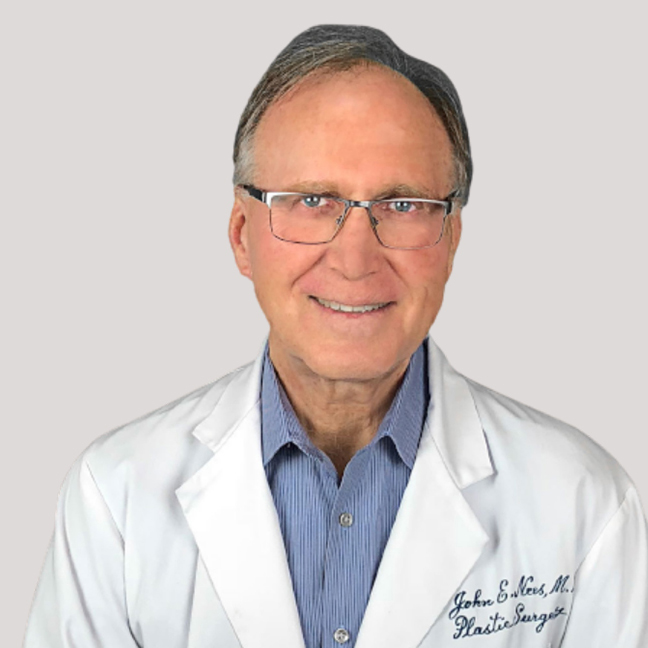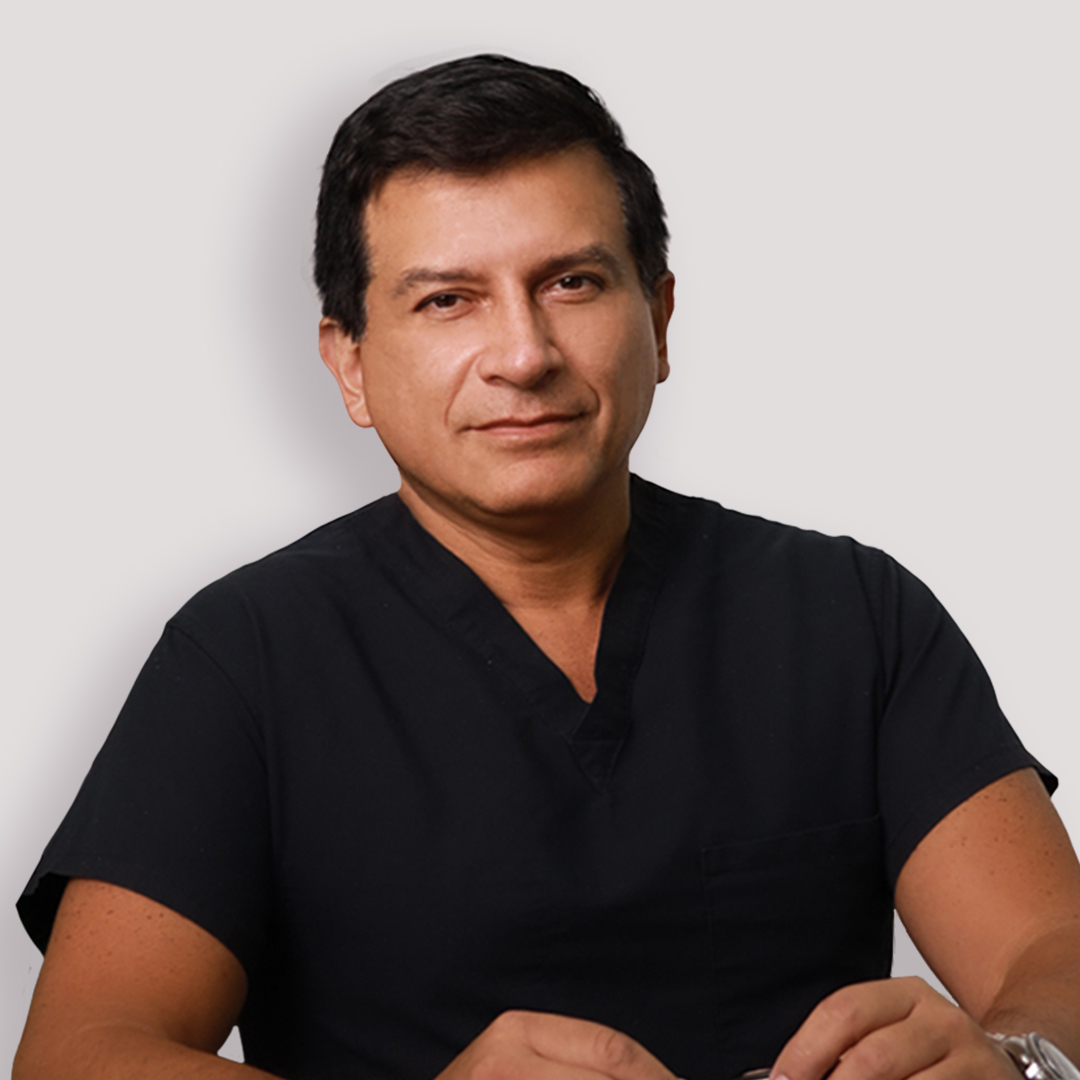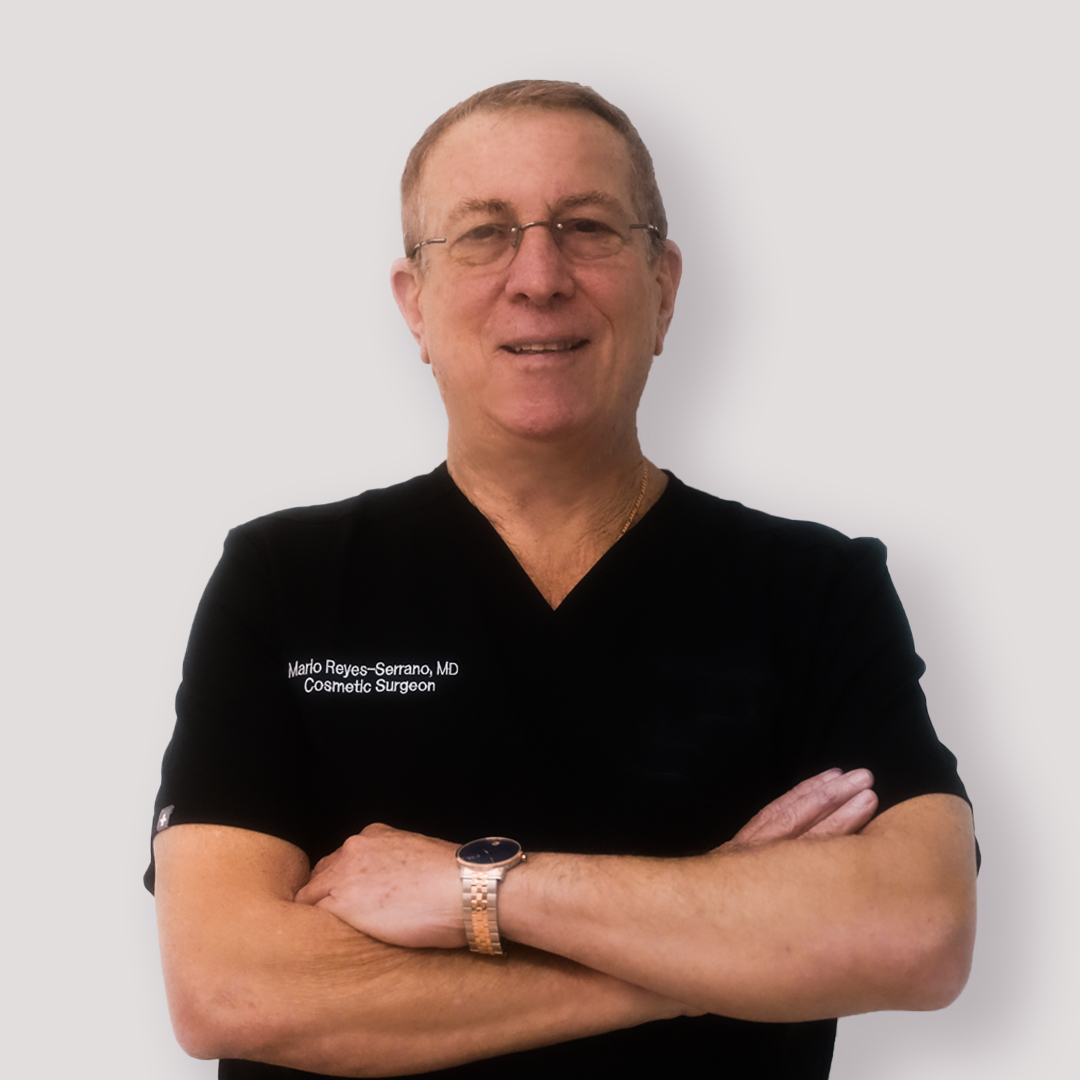Facelift Miami
- Updated on: June 21, 2023
Experience the transformative power of a facelift in Miami. Our skilled and experienced plastic surgeons are dedicated to helping you achieve a more youthful and rejuvenated appearance. With advanced techniques and personalized treatment plans, we can address sagging skin, wrinkles, and other signs of aging, providing you with natural-looking results. Whether you’re seeking a full facelift or a mini facelift, our team will guide you through the process, ensuring your comfort and satisfaction. Schedule your consultation today.
Exclusive Facelift Offer
Get $300 Off
LIMITED-TIME SPECIAL OFFER
Facelift Miami Before and After Photo
Witness the stunning transformations of our facelift procedures in Miami with our captivating before and after photos. Experience the remarkable journey as our skilled surgeons erase years from your face, leaving you with a youthful, refreshed appearance. Discover the power of our transformative facelifts and unlock your true beauty today.
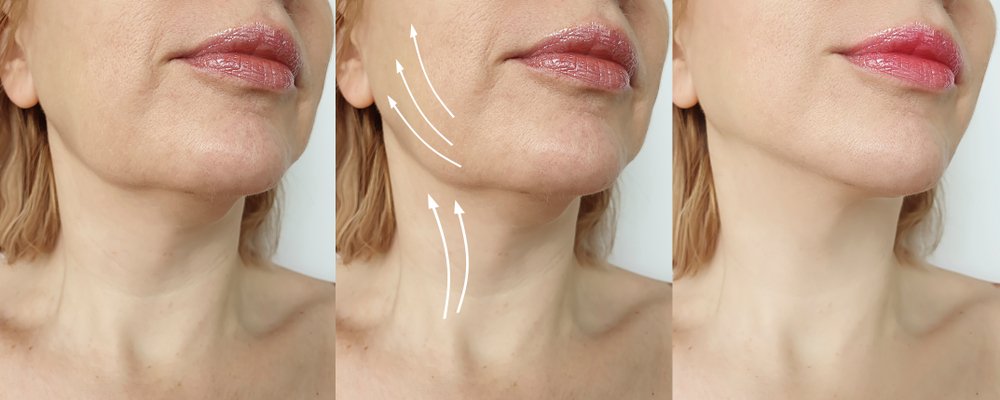
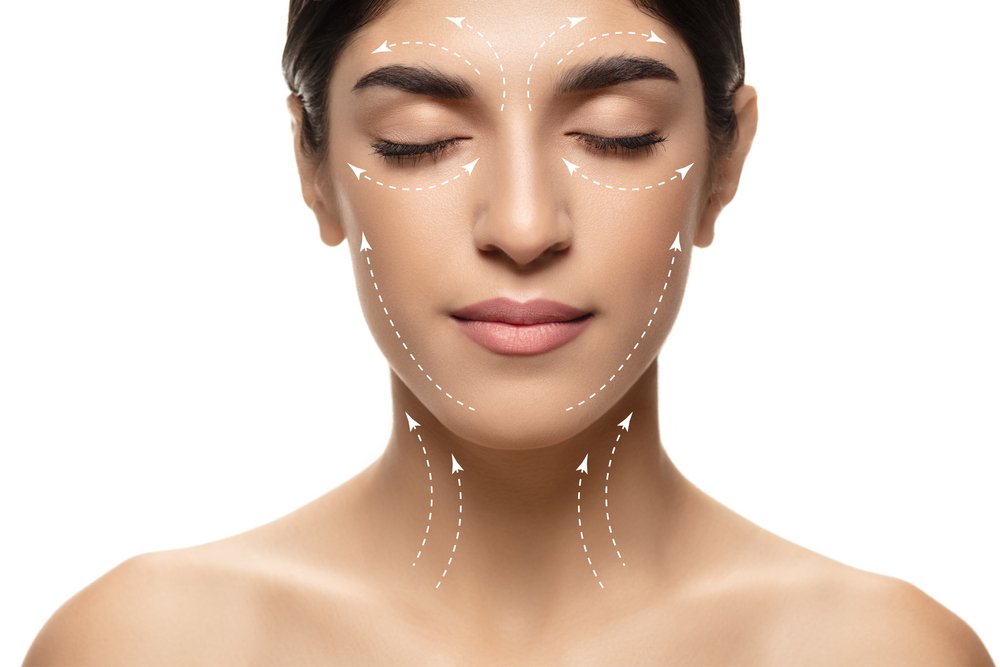
What Is Facelift Miami ?
Facelift Miami refers to the cosmetic surgical procedure performed in the city of Miami, Florida, that aims to rejuvenate the face and neck by reducing visible signs of aging. Also known as a rhytidectomy, a facelift involves tightening the underlying facial muscles and removing excess skin to create a smoother, more youthful appearance.
Facelift Miami is sought after by individuals looking to address sagging skin, deep creases, jowls, and other age-related concerns, with the goal of achieving natural-looking and long-lasting results. Skilled surgeons in Miami utilize advanced techniques and state-of-the-art facilities to deliver exceptional outcomes tailored to the unique needs and desired outcomes of each patient.
Discover the Key Areas Transformed by Facelift Miami
Facelift Miami typically focuses on rejuvenating specific areas of the face and neck. Some of the key areas addressed during a facelift procedure in Miami include:
Lower Face: This area encompasses the jawline, jowls, and lower cheeks, which are prone to sagging and loss of definition with age. A facelift in Miami can tighten and lift these areas, restoring a more youthful contour.
Neck: The neck is another common area of concern for individuals seeking a facelift. Loose skin, excess fat deposits, and vertical banding can be addressed to achieve a smoother and more toned neck appearance.
Mid-Face: The mid-face region, including the cheeks and nasolabial folds, can be lifted and repositioned during a facelift in Miami. This helps to reduce deep creases, restore volume, and enhance overall facial harmony.
It’s important to note that the specific areas targeted during a facelift can vary depending on the individual’s needs and goals. A consultation with a qualified surgeon in Miami can provide a comprehensive assessment and personalized treatment plan tailored to address specific concerns.
Preparation for a Flawless Facelift
Congratulations on your decision to embark on a transformative journey towards a rejuvenated and youthful appearance with a facelift in Miami. Proper preparation plays a crucial role in ensuring the best possible outcome and a smooth recovery. Here’s your comprehensive guide to preparing for a flawless facelift experience:
Consultation and Planning: Schedule an initial consultation with a skilled facelift surgeon in Miami. During this appointment, you’ll discuss your goals, medical history, and expectations. The surgeon will evaluate your facial anatomy, skin condition, and overall health to create a personalized treatment plan.
Medical Evaluation: Prior to your facelift, your surgeon will likely request a medical evaluation to ensure you are in good health for the procedure. This may involve blood tests, imaging scans, and an assessment of your vital signs.
Medication and Supplements: It’s important to inform your surgeon about any medications or supplements you are currently taking. They may advise you to temporarily discontinue certain blood-thinning medications or supplements that could interfere with the surgery or recovery process.
Smoking and Alcohol: If you smoke, your surgeon will strongly recommend quitting before the facelift procedure. Smoking can impair healing and increase the risk of complications. Additionally, it’s advisable to limit alcohol consumption in the weeks leading up to your surgery.
Preparing Your Home: Arrange your living space for a comfortable recovery. Stock up on essential supplies, including prescribed medications, clean dressings, ice packs, and soft foods. Create a calm and relaxing environment to aid in your recovery process.
Transportation and Support: Arrange for someone to drive you to and from the surgical facility on the day of your facelift. It’s also beneficial to have a friend or family member available to assist you during the initial days of your recovery.
Follow Preoperative Instructions: Your surgeon will provide you with detailed preoperative instructions, including fasting guidelines, skincare routines, and any specific preparations required before the surgery. Adhering to these instructions will help optimize your safety and the success of your facelift.
By following these preparation guidelines and working closely with your facelift surgeon in Miami, you’ll pave the way for a flawless and transformative experience.
What Is the Cost of Facelift in Miami
The cost of a facelift in Miami can range from $3500 to $10000. If you’re considering a facelift in Miami to achieve a youthful and refreshed appearance, The cost of a facelift can vary depending on several factors, including the surgeon’s expertise, the extent of the procedure, the surgical facility, and additional fees associated with anesthesia and post-operative care.
However, it’s important to note that this is an estimated range, and the actual cost can be higher or lower based on individual circumstances. It’s crucial to consult with a reputable facelift surgeon in Miami to receive a personalized evaluation and an accurate cost estimate.
Does the insurance cover facelift?
In general, insurance providers do not cover the cost of a facelift as it is considered an elective cosmetic procedure. Facelifts are typically seen as aesthetic enhancements rather than medically necessary treatments. However, exceptions may exist for cases where a facelift is performed for functional or reconstructive reasons due to trauma or a medical condition. It is important to have a clear understanding of the financial aspects and explore payment options in advance when considering a facelift.
Financing
There are many financing options available for you to help cover the costs of your cosmetic procedure.
$3500

0% Interest
0% Interest if Paid in Full within 6, or 12 months. Up to $25,000

0% Interest
Interest free financing options (on approved credit and provider participation). No prepayment penalty. Up to $25,000

0% Interest
No-interest plans (6,12,18,24 months) Minimum payment required.
Facelift Recovery Guide
Congratulations on undergoing a facelift procedure to achieve a refreshed and youthful appearance! As you embark on your journey to a new you, it’s important to understand the facelift recovery process to ensure a smooth and radiant healing experience. Here’s a comprehensive guide to help you navigate your facelift recovery:
Immediately After Surgery: Following your facelift, you will be monitored in a recovery area to ensure your initial healing progresses well. You may experience some swelling, bruising, and discomfort, which is normal. Your surgeon will provide specific post-operative instructions regarding medication, wound care, and any necessary follow-up appointments.
Rest and Relaxation: During the initial phase of recovery, it’s crucial to prioritize rest and avoid strenuous activities. Elevating your head while sleeping and applying cold compresses can help reduce swelling. Follow your surgeon’s guidelines on when to resume daily activities, exercise, and work.
Managing Discomfort: Pain and discomfort are common during the early stages of facelift recovery. Your surgeon may prescribe pain medication or recommend over-the-counter options to manage any discomfort. It’s essential to take medications as directed and communicate any concerns or severe pain to your medical team.
Healing and Swelling: Swelling and bruising are normal after a facelift and will gradually subside over time. Your surgeon may suggest wearing compression garments or using cold packs to minimize swelling. Be patient, as the final results of your facelift will become more apparent as the swelling diminishes.
Follow-up Visits: Your surgeon will schedule several follow-up visits to monitor your healing progress. During these visits, they will assess your incisions, remove any sutures, and provide guidance on skincare, scar management, and when to resume your regular skincare routine and makeup application.
Protecting Your Results: It’s crucial to protect your investment by following your surgeon’s instructions on sun protection, avoiding excessive sun exposure, and using recommended skincare products. Protecting your skin from harmful UV rays will help maintain the longevity of your facelift results.
Remember, each individual’s facelift recovery journey may vary, and it’s important to consult with your surgeon for personalized guidance.
When Can You See the facelift Results?
On average, you can expect to see noticeable results from a facelift procedure within 2 to 4 weeks after the surgery. However, it’s important to note that the full and final results of a facelift may take several months to become fully apparent. Swelling and bruising gradually subside during the initial weeks, allowing you to see the initial improvements. Over time, as the healing process progresses and the tissues settle, the final results will become more evident.
Who Is a Good Candidate for facelift?
Facelift surgery is a popular option for individuals seeking to reverse the signs of aging and restore a more youthful appearance. While many people can benefit from a facelift, it’s essential to determine if you are a good candidate for the procedure. Here are some factors that contribute to being an ideal candidate for a facelift:
Visible Signs of Aging: Good candidates for a facelift typically have visible signs of aging in the face and neck, such as sagging skin, deep wrinkles, jowls, or loss of facial volume. These concerns should be significant enough to warrant surgical intervention.
Good General Health: Being in good overall health is crucial for a successful facelift. It’s important to disclose any pre-existing medical conditions, previous surgeries, or ongoing medications to your surgeon during the consultation. A thorough evaluation of your health will help determine if you can undergo surgery safely.
Realistic Expectations: A good candidate for a facelift understands the potential benefits and limitations of the procedure. They have realistic expectations and clear goals for what they hope to achieve with the surgery. Open communication with the surgeon is crucial to ensure that the desired outcomes align with what can be realistically achieved.
Non-Smoker: Smoking can have adverse effects on the healing process and overall outcomes of a facelift. Good candidates for the procedure are typically non-smokers or willing to quit smoking for a designated period before and after the surgery to minimize risks and promote optimal healing.
Psychological Readiness: Undergoing a facelift is a personal decision that can have a significant impact on self-esteem and body image. Good candidates are emotionally and mentally prepared for the surgery, understand the potential downtime and recovery period, and have a support system in place to assist them during the healing process.
Remember, the best way to determine if you are a good candidate for a facelift is through a consultation with a qualified and experienced plastic surgeon.
Facelift Procedure
The facelift procedure is a transformative surgical technique designed to reverse the visible signs of aging and restore a more youthful and refreshed facial appearance. Here’s a comprehensive guide that provides insights into the facelift procedure, step by step:
Consultation and Assessment: The journey begins with an initial consultation with a qualified plastic surgeon specializing in facelifts. During this crucial step, the surgeon will assess your facial anatomy, discuss your goals and expectations, and evaluate your overall health to determine your candidacy for the procedure.
Anesthesia and Incision Placement: On the day of the surgery, anesthesia will be administered to ensure your comfort throughout the procedure. The surgeon will then strategically place incisions, typically within the hairline and around the ears, to minimize visible scarring.
Tissue Repositioning and Tightening: The surgeon will delicately lift and reposition the underlying facial tissues, including the muscles and fat pads, to restore a more youthful contour. Excess skin is trimmed, and the remaining skin is carefully redraped to achieve a natural-looking result.
Liposuction and Fat Transfer (if applicable): In some cases, liposuction may be performed to remove excess fat deposits, particularly in the neck area. Fat transfer techniques may also be utilized to restore lost volume in specific areas of the face, such as the cheeks or under the eyes.
Incision Closure and Recovery: Once the desired improvements have been made, the surgeon will meticulously close the incisions with sutures. Dressings or bandages may be applied to protect the surgical area. You will be provided with specific post-operative instructions to follow during the recovery period.
Healing and Results: The initial days and weeks following the facelift procedure are dedicated to healing and recovery. Swelling, bruising, and discomfort are common during this time. Over the coming weeks and months, the swelling will subside, revealing the transformed facial appearance and rejuvenated features.
Long-Term Maintenance: It’s important to note that a facelift does not stop the natural aging process. However, the results of a facelift can be long-lasting. It is crucial to maintain a healthy lifestyle, protect your skin from sun damage, and follow a good skincare routine to maximize the longevity of your facelift results.
Each facelift procedure is tailored to the individual, taking into account their unique facial anatomy and desired outcomes. It is crucial to consult with a skilled and experienced plastic surgeon who can guide you through the procedure, address any concerns, and ensure that the transformation aligns with your expectations.
Pros and Cons of the Procedure for Facial Rejuvenation
The facelift procedure offers individuals an opportunity to achieve significant facial rejuvenation and restore a more youthful appearance. However, it’s important to consider both the pros and cons before deciding if a facelift is the right choice for you. Here’s a detailed look at the advantages and potential drawbacks of the facelift procedure:
Pros:
Dramatic Facial Rejuvenation: A facelift can effectively address multiple signs of aging, including sagging skin, deep wrinkles, jowls, and loss of facial volume. The procedure can provide a comprehensive and noticeable improvement in your overall facial appearance.
Long-Lasting Results: Compared to non-surgical treatments, a facelift typically provides longer-lasting results. The underlying facial tissues are repositioned, and excess skin is removed, resulting in a more sustainable rejuvenation outcome that can last for many years.
Customized Approach: Facelift procedures are tailored to each individual’s unique needs and desired outcomes. Skilled plastic surgeons can personalize the surgery to achieve natural-looking results that enhance your facial features and maintain facial harmony.
Boost in Self-Confidence: Many individuals report an increase in self-confidence and self-esteem following a successful facelift. The rejuvenated appearance can positively impact various aspects of life, including personal relationships and professional opportunities.
Cons:
Surgical Risks: Like any surgical procedure, a facelift carries inherent risks, such as bleeding, infection, scarring, and adverse reactions to anesthesia. However, these risks are relatively low when performed by an experienced and qualified plastic surgeon in a reputable surgical facility.
Downtime and Recovery: Facelift surgery requires a period of recovery, during which swelling, bruising, and discomfort can be experienced. Depending on the extent of the procedure, it may take several weeks to fully recover and see the final results.
Cost: The cost of a facelift can be a significant investment, as it involves surgical fees, anesthesia costs, facility expenses, and post-operative care. It’s important to consider the financial implications and explore payment options or financing plans that may be available.
Limited Scope: While a facelift addresses the lower face and neck, it may not target other facial concerns such as crow’s feet, forehead wrinkles, or under-eye bags. Additional procedures or non-surgical treatments may be required to address these specific areas.
Ultimately, the decision to undergo a facelift should be based on careful consideration of the pros and cons, along with realistic expectations and open communication with a trusted plastic surgeon.
What to do Next?
We highly recommend scheduling a consultation with your trusted plastic surgeon before making any final decisions regarding a facelift procedure. Moon Plastic Surgery in Miami, our team of trained and experienced professionals is dedicated to providing personalized care for each patient. During your consultation, our experts will thoroughly evaluate your unique case, examine your facial features, and determine if you are a suitable candidate for a facelift. They will take the time to discuss all the important details, including potential risks and the recovery process, ensuring that you are well-informed and comfortable with your decision.
@moonaesthetics_
29K Followers
Frequently asked questions
How long does a facelift procedure typically take?
The duration of a facelift procedure varies depending on the extent of the surgery and individual factors, but it generally takes around 3 to 5 hours.
What is a facelift?
A facelift, also known as rhytidectomy, is a surgical procedure aimed at reducing signs of aging in the face and neck, such as wrinkles, sagging skin, and jowls.
What is the recovery time after a facelift?
The initial recovery period typically lasts around 1 to 2 weeks, during which swelling and bruising gradually subside. It may take several months for the final results to fully manifest.
Will a facelift eliminate all wrinkles on my face?
While a facelift can significantly reduce wrinkles and create a smoother appearance, it may not eliminate all wrinkles entirely. Additional treatments like dermal fillers or Botox may be recommended for optimal results.
Are facelift results permanent?
The results of a facelift are long-lasting; however, they do not stop the aging process. The natural aging will continue, but the facelift can help you maintain a more youthful appearance for many years.
Is a facelift suitable for everyone?
Facelifts are typically recommended for individuals who have noticeable signs of aging in the face and neck and are in good overall health. A consultation with a qualified surgeon is crucial to determine suitability.
What are the potential risks and complications associated with facelift surgery?
Like any surgical procedure, facelifts carry risks such as bleeding, infection, scarring, and anesthesia-related complications. However, these risks are generally rare when performed by a skilled surgeon.
Will a facelift leave visible scars?
Incisions made during a facelift are carefully placed to minimize visibility. Over time, scars typically fade and become less noticeable, especially when proper scar care instructions are followed.
Can I combine a facelift with other cosmetic procedures?
Yes, many patients choose to combine facelift surgery with other procedures like eyelid surgery or brow lift to achieve comprehensive facial rejuvenation. Your surgeon can discuss the options during the consultation.
How do I choose the right surgeon for my facelift?
It is crucial to select a board-certified plastic surgeon with expertise in facelift procedures. Look for experience, credentials, and positive patient reviews. Consultations will also help you assess their communication style and expertise.
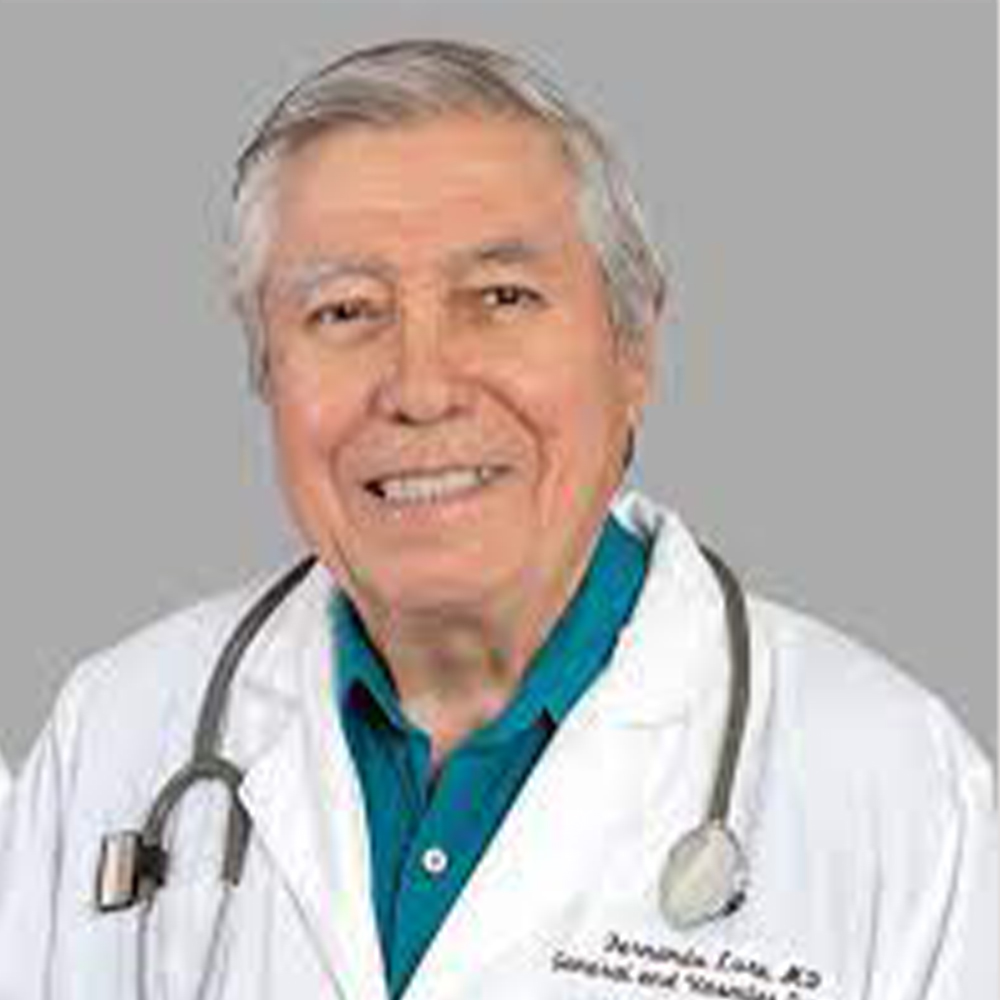
Dr Fernando J Lora MD

Tumescent Liposuction Recovery: What to Expect and How to Care for Your Results
Tumescent liposuction is one of the most commonly performed liposuction procedures, with many benefits to it. Still, before you decide to undergo this surgery, you
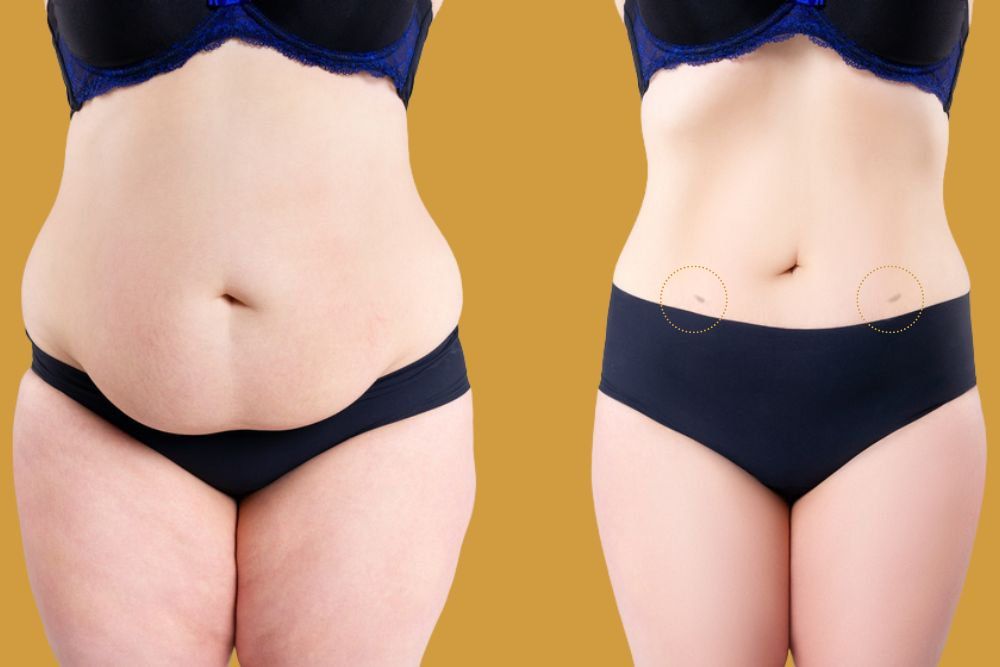
Tumescent Liposuction Scars: What to Expect
Tumescent liposuction is a popular and effective procedure for removing excess fat from specific areas of the body. One of the main benefits of tumescent
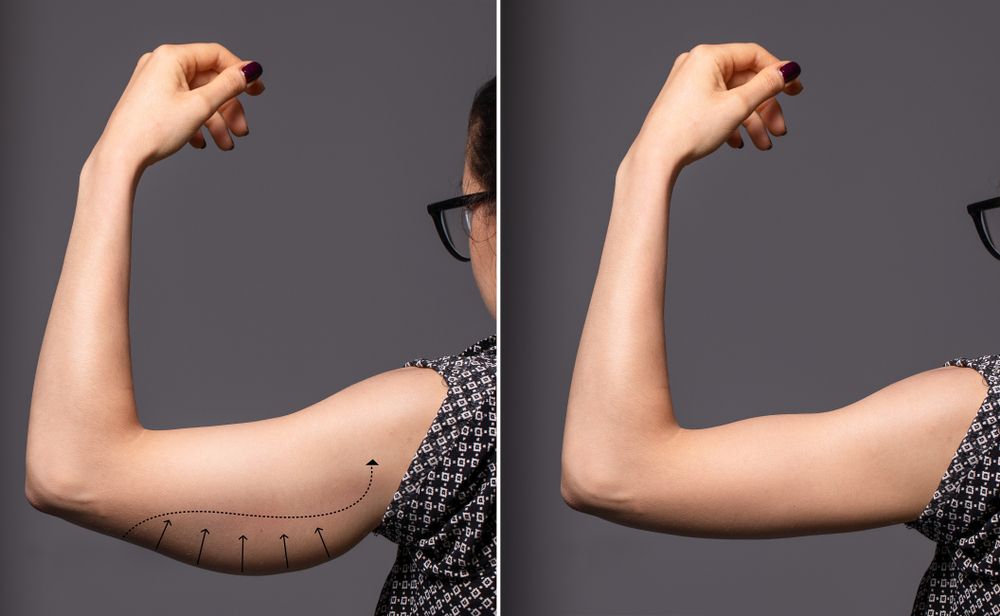
Arm Lift Cost in the US: What You Need to Know
The cost of an arm lift in the United States can vary widely depending on a number of factors, including the surgeon’s experience and reputation,

Coolsculpting vs. Laser Liposuction
Laser Liposuction and CoolSculpting are the most popular procedures for fat removal. So, what is CoolSculpting? What is laser liposuction? What are the primary differences
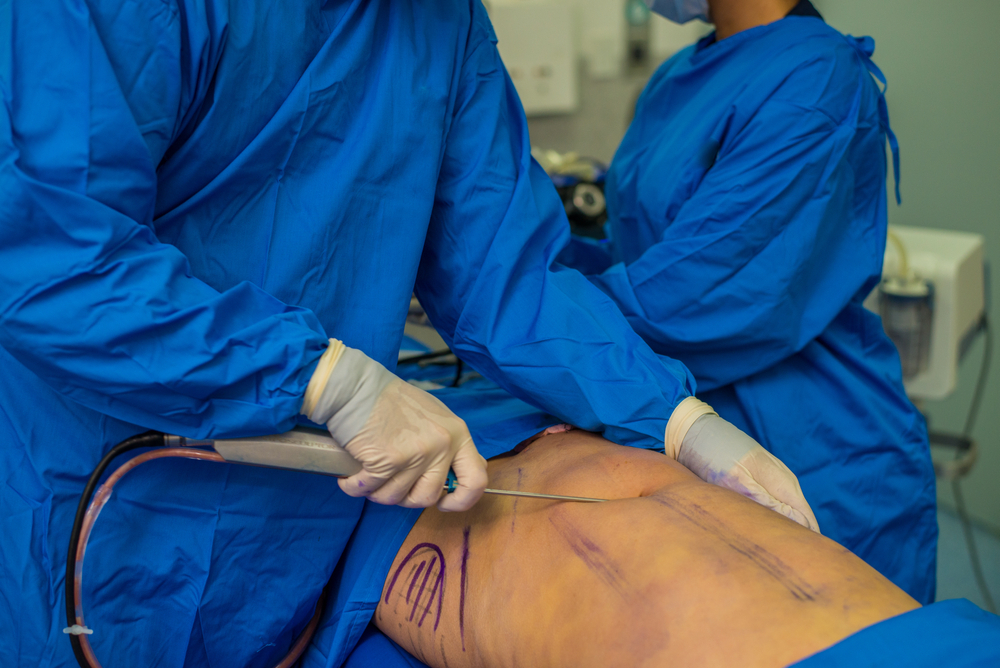
Liposuction vs. Smart lipo
Cosmetic surgeries have become popular in recent years, allowing people to improve their physical appearance. You can undergo invasive, less invasive, and non-invasive cosmetic procedures
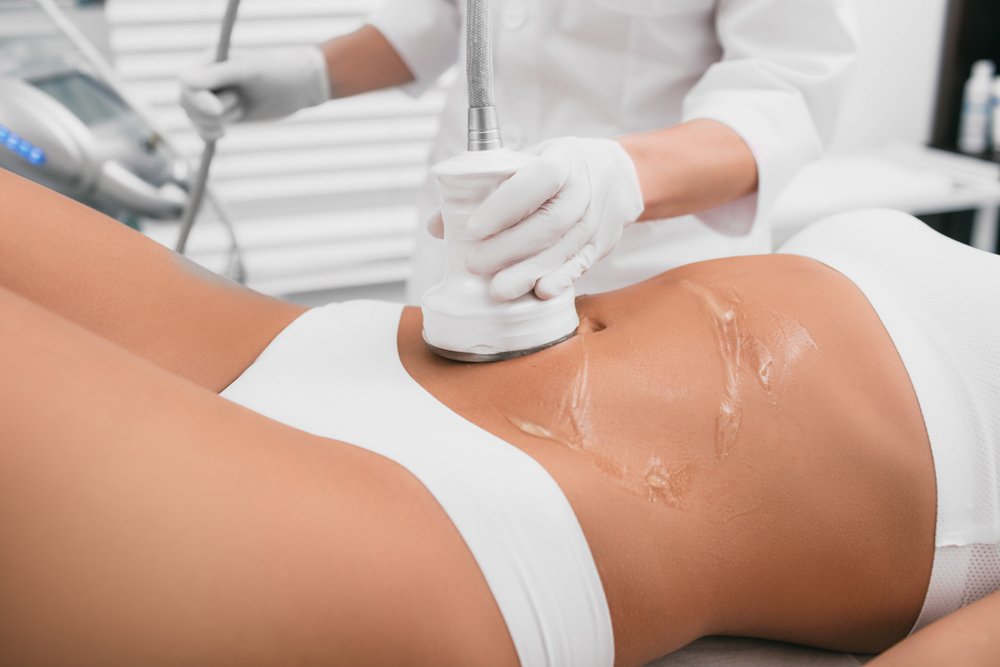
What is Micro Laser Liposuction?
Liposuction is a popular cosmetic procedure for people who can’t lose with a balanced diet and regular exercise. Liposuction permanently removes fatty tissues and improves
Contact Us
Getting in touch with us is easy. Leave us your information and we will contact you as soon as possible. You can call us with any questions or inquiries

